Roof windows, often called "veluxuri" on the same pattern after which we say sneakers sneakers and children's xeroxes after various documents, arose from the need for additional light. Before them, attics were lit by skylights, additional constructions that allowed the window to be mounted straight. However, the amount of light was greatly diminished by the small tunnel formed by the dormer, and ventilation was difficult. The special construction of the windows mounted directly on the roof allowed light to enter directly, while preventing water and wind penetration. Now attics are unthinkable without these windows, and their performance is getting better and better. But to achieve this performance it is important that the choice and installation is correct.
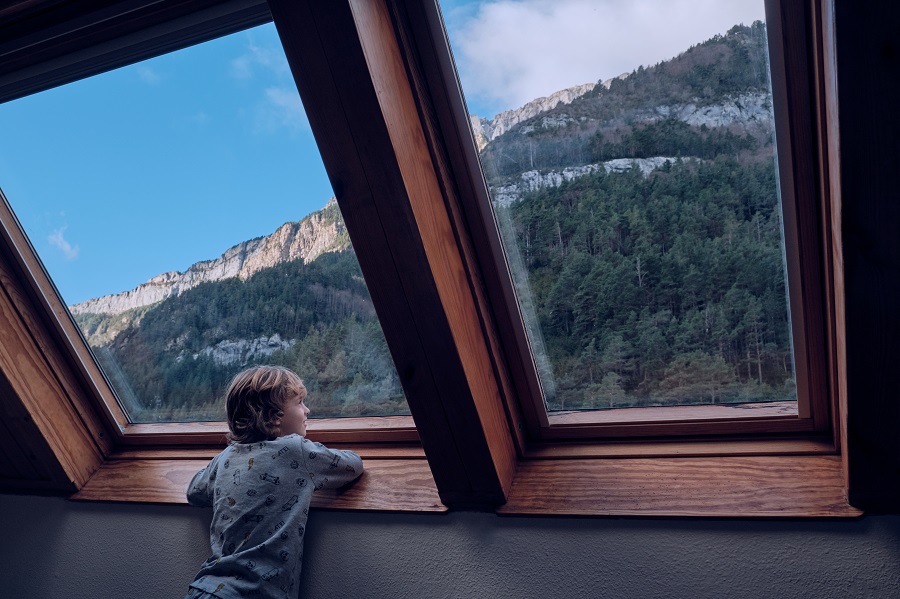
Window providing ventilation and light. Attic window manufacturers
As early as the late 19th century there were attempts, some of them patented, to make roof windows that brought as much light as possible inside, kept water out, and were easy to fit and operate. The first patent for a wooden window rotation system was registered in the UK in 1894. A series of patents followed, registered in European countries and in the US, which simplified closing and opening, increased water tightness and wind resistance. The name roof window was first used in 1931 in Germany.
Velux is the name given by Danish engineer Villum Kann Rasmussen to the first roof window built and patented in 1942. The window was designed to light up the attic spaces of schools that were set up as classrooms. It was the solution to increase the number of pupils learning in the increasingly war-scarce spaces. Rasmussen wanted to make a better roof window than a vertical one so that he could fill attic spaces with light and fresh air.
The window has been "christened" Velux, a combination of ventilation (ventilation) and Lux (Latin for light). The window was the first of its kind mass-produced by Rasmussen's company. Now the VELUX Group is the largest manufacturer of windows and roof lighting systems. Its main competitors are the Polish company FAKRO and the German ROTO. There are other manufacturers of roof windows, but their market share is very small. Deposib has in Sibiu one of the largest showrooms in the country for such windows.
What is important when deciding to install roof windows
Unlike ordinary windowswhich can be made to order, the roof ones have fixed dimensions. They are chosen according to light requirements, roof structure and rafter placement. To get enough light, it is recommended that the glazed area is at least 10% of the floor area.
In new houses, the window is not fitted as soon as the roof is put up. Wood used in construction has quite high humidity (18-20%). It will continue to dry out and decrease in size. If the window is fitted immediately, the repositioning of the wood after shrinkage will affect the tightness of the fitting and leakage will occur. The recommendation is that windows should be fitted 3-4 weeks after the installation of the frame.
If the window is to be fitted to an old house, it must first be seen whether the structure of the house allows this. The recommendation is to consult a building engineer. For fitting, the roof must be stripped in the area where the window is positioned. After fitting, the cladding is re-laid and the covering frame is fitted, which will protect the window by guiding water outwards.
The width of the window is chosen according to the distance between the rafters and should be 4-6 cm smaller. Windows larger than this distance can also be fitted as there are ways of modifying it without affecting the strength of the building. The length of the window depends on the pitch of the roof. Longer windows are fitted on low-slope roofs to provide sufficient light. If the roof slope is steeper, shorter windows can also be fitted.
The rain tightness of windows is tested according to EN 1027/12208. Depending on the test results there are several quality classes. Wind resistance is tested according to EN 12211/12210 and impact resistance according to EN 13049.
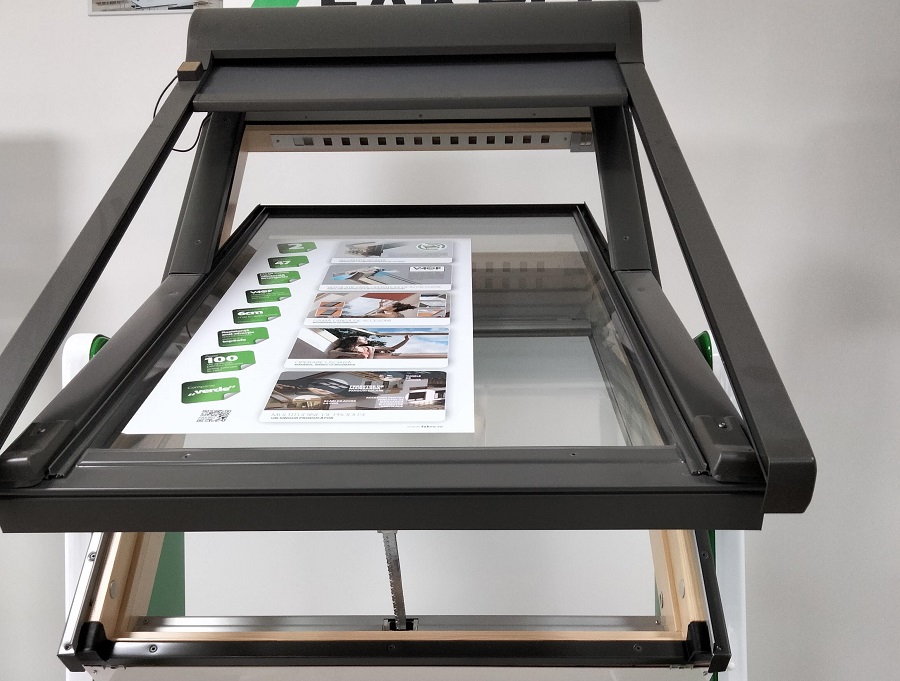
Types of roof windows
Depending on how they open, roof windows come in several types. Here are some of them:
- Double-hung windows - the catch is at the top and the opening is outwards. Recommended in spaces where you can look out of the window because they provide an unobstructed view.
- Mid-hinged windows - pivoting opening with the axis of rotation in the middle of the frame. Most used due to ease of handling. Can be fitted anywhere.
- Supra-median hinged windows - pivot opening with the axis of rotation above the middle of the window. Very suitable for tall people.
- Balcony windows - windows with frames that open to form a small balcony. Suitable for attics high enough to allow normal use of the small balcony formed.
- bottom-hinged windows - the catch is at the bottom. For spaces that require very good ventilation. Allows very good smoke evacuation.
- side-hinged windows - opening is made in the side. Recommended when easy access to the roof is desired.
Each of these types have different sizes, finishes, materials from which the frames are made. The glazing has between 2 and 4 layers, providing different levels of energy efficiency. They can be fitted with sensors that automatically close them when air humidity rises, opening and closing can be operated remotely by remote control or phone.
Loft windows for passive house
Demands for energy efficiency in buildings have automatically led to special requirements for roof windows as well. Manufacturers have been quick to adapt, with some already producing certified windows for passive houses. This certificate simplifies the process of obtaining a Passive House certificate, eliminating the need for an audit for windows.
In order to reach the necessary parameters to be certified passive, manufacturers use different methods: they use 4 layers of single glass or 3 layers of laminated glass (from several layers). In the space between the layers they put argon or krypton. The frame has inner chambers that provide insulation, is thicker or is made by combining different materials. High-performance seals are used. This results in a heat transfer coefficient of the window below 0.6 W/m²K. Correct assembly with foils and sealing strips can lower the value even further.
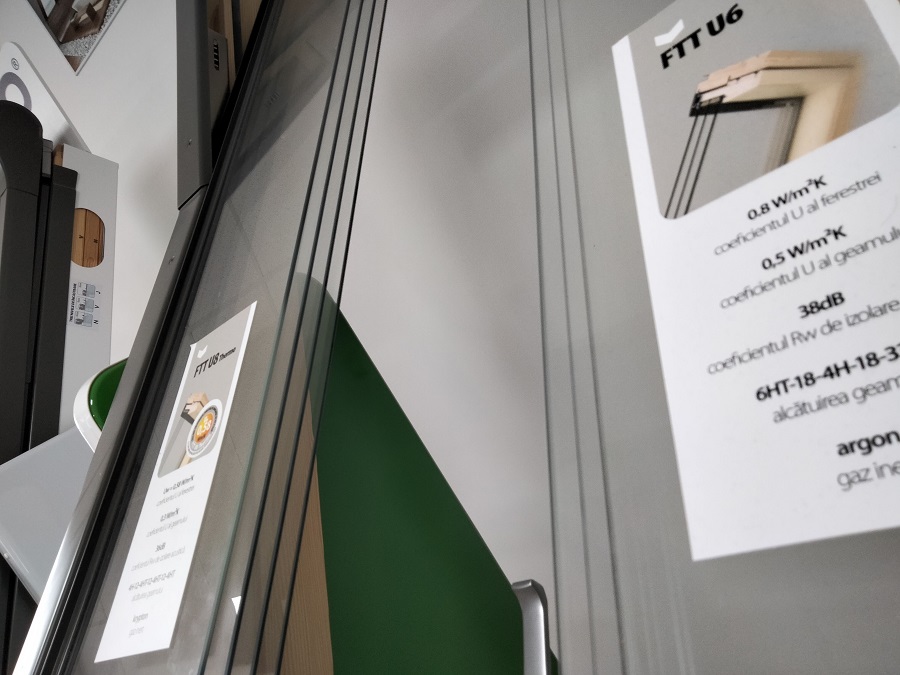
I hope you find the information useful. As usual, additions are welcome. And if you have any questions or queries, please leave them in the space below. I'm sure I'll reply.






















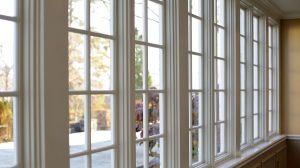
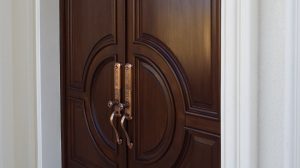
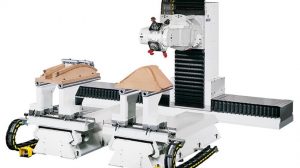
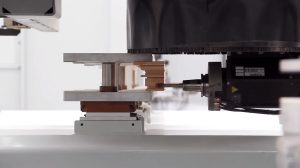

"Re-laminating wood after shrinkage" does not lead to seepage. Mainly, leaks occur due to faulty installation of the attic window.
"After installation, the cladding is rebuilt and the cover frame is fitted, which will protect the window by guiding water outwards." In the vast majority of cases, the sealing frame is installed with the window, after which the casing is installed around the window.
"Each of these types have different sizes, finishes, materials from which the frames are constructed" . The materials from which the frames are made (as well as the metal parts on the window), depend on the type of the casing, not on the material from which the frame or sash is made, and 99% are made of aluminium. The remaining 1% are made of copper or zinc.
"The frame has interior chambers that provide insulation, is thicker or is made by combining different materials." The frame on attic windows is totally different. Perhaps you mean the teal.
"Correct fitting, with foils and sealing strips, can lower the value even further.". On attic windows, there aren't many sealing strips.
Too general article, even if it is advertorial. It went "broken" into smaller chunks, and developed little.